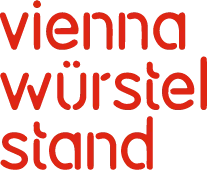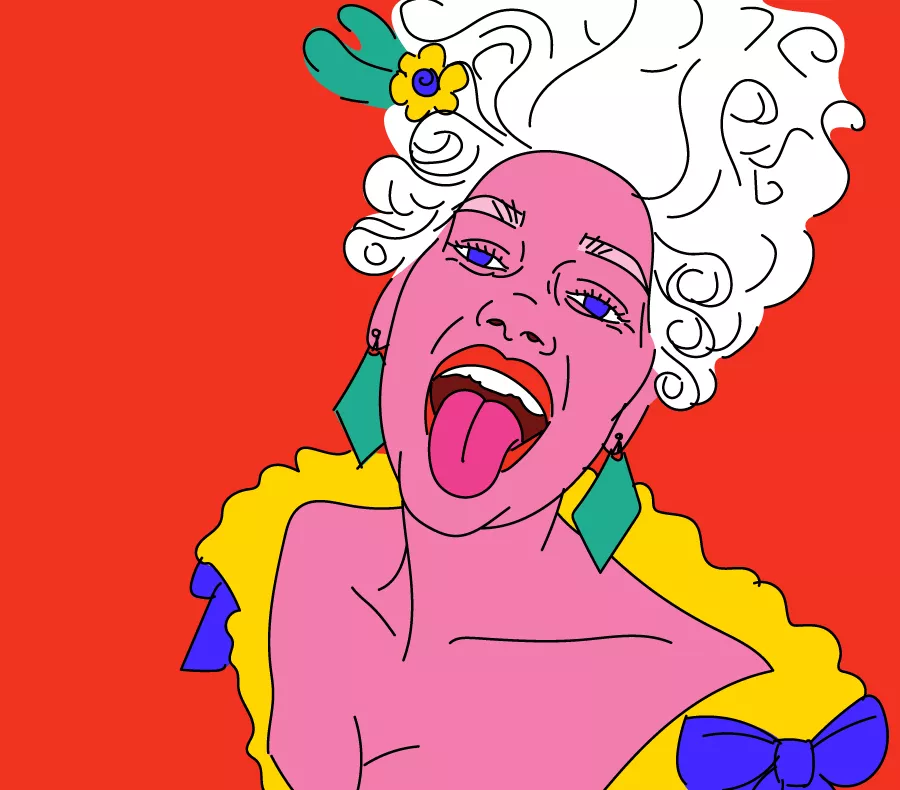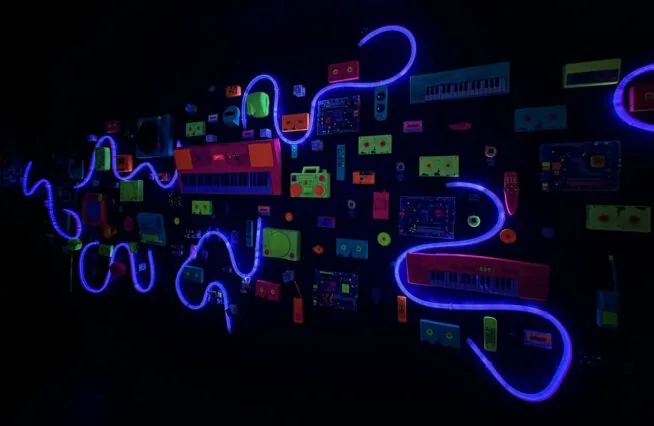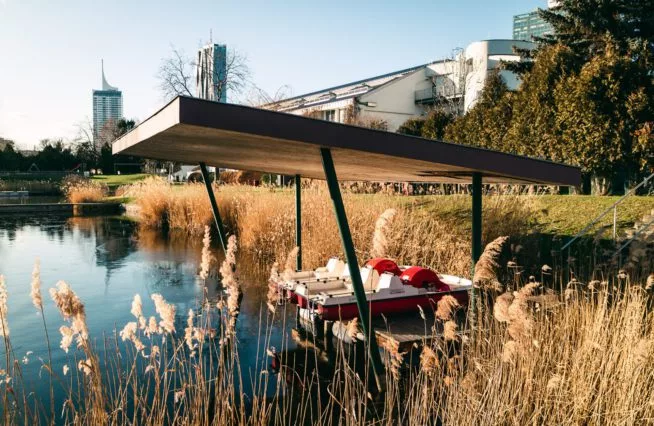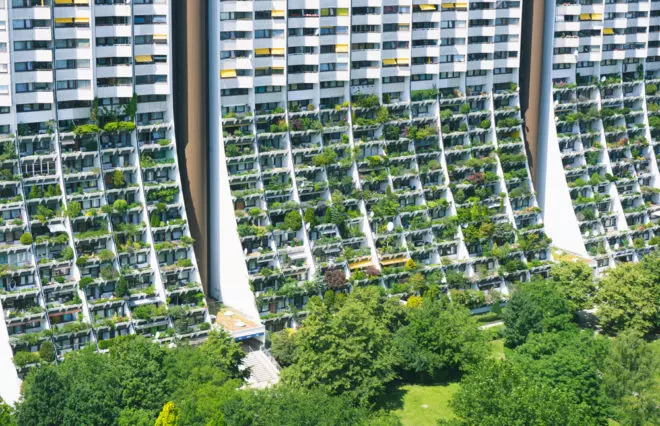Take the U4 line all the way to the end and you arrive in Heiligenstadt, an old wine-making village that Beethoven’s doctor once sent him to in the hope the country air would improve his hearing.
But the scene that jumps out at you as soon as you exit the station is of a bloody huge block of flats – welcome to the Karl Marx-Hof, perhaps the most famous of Vienna’s Gemeindebau (social housing buildings).
Because it’s so interesting, we thought we’d do some research to bring you 11 fascinating facts about the Karl-Marx-Hof that will make you appreciate this building on a whole new level:
1. It’s the longest residential building in the world
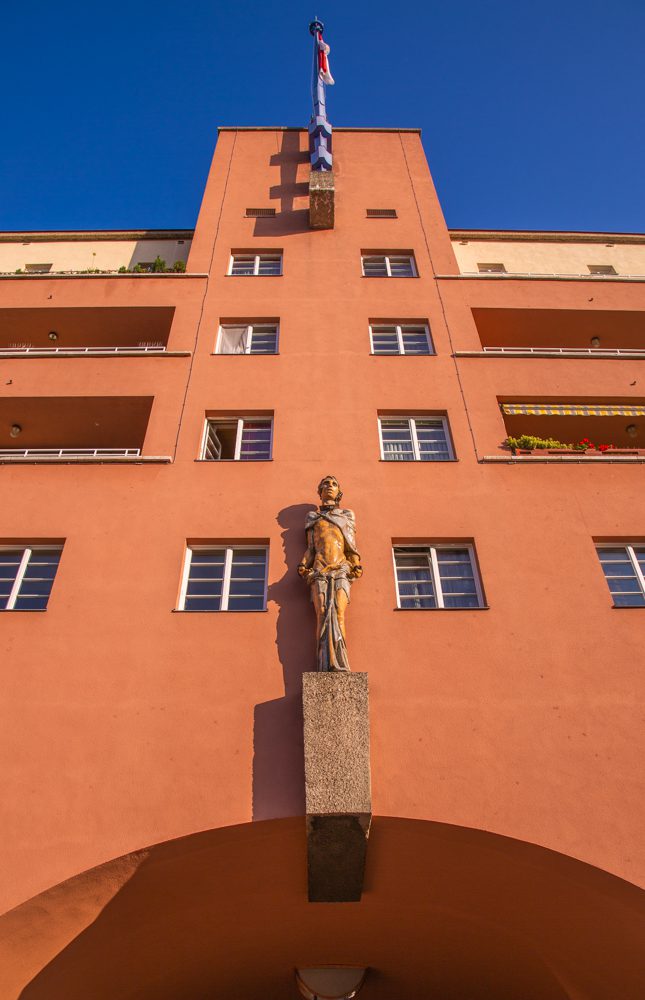
While the Burj Khalifa in Dubai is the world’s tallest building, you’ve probably been wondering (or probably not, but we’re going to tell you anyway) what the longest building in the world is. Well, while there are longer man-made structures (e.g. the Great Wall of China), and longer buildings, Karl Marx-Hof is the longest in the world that’s a building used for housing, at 1.1 kms long. Whoa Nelly! Or, should we say – Whoa, Karly-Marxy!
2. It’s so long that it spans not one, not two, not three, but FOUR tram stations
It was designed by a student of Otto Wagner, Karl Ehn, and built between 1927 and 1930 with 1,382 apartments.
3. It houses gardens galore
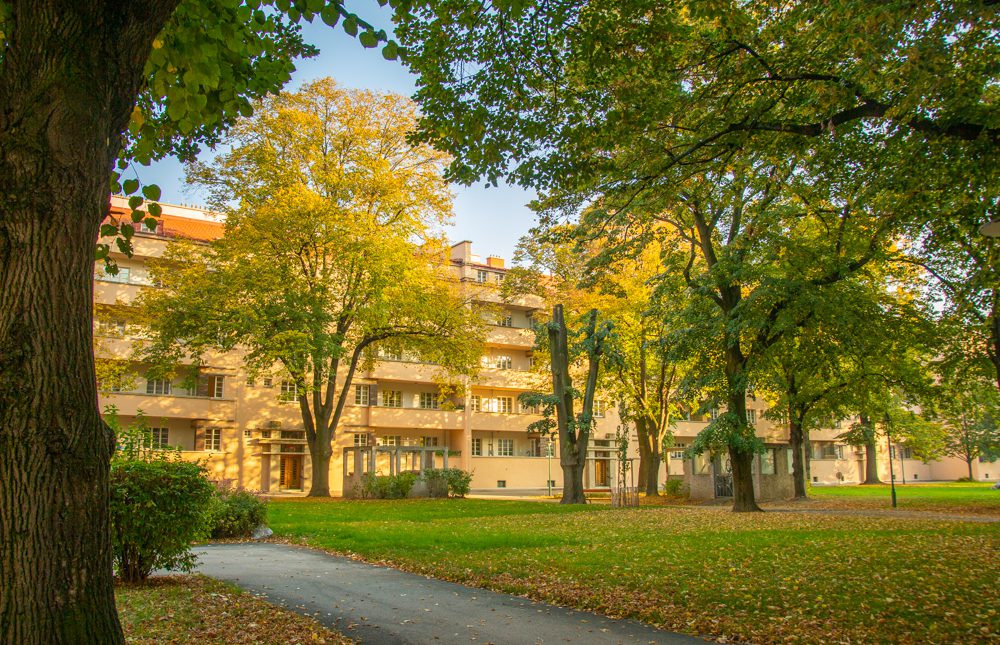
While modern buildings can sometimes feel like they’re all about cramming us into living spaces like sardines, our sources at Wikipedia tell us that at Karl Marx-Hof, less than 20% of the area is taken up by the actual building. The rest is made up of beautiful gardens and playgrounds (some of which are admittedly less exciting than others. Yes, we tried them, so we’re speaking from experience).
4. It was once used as a fortress during the Austrian civil war
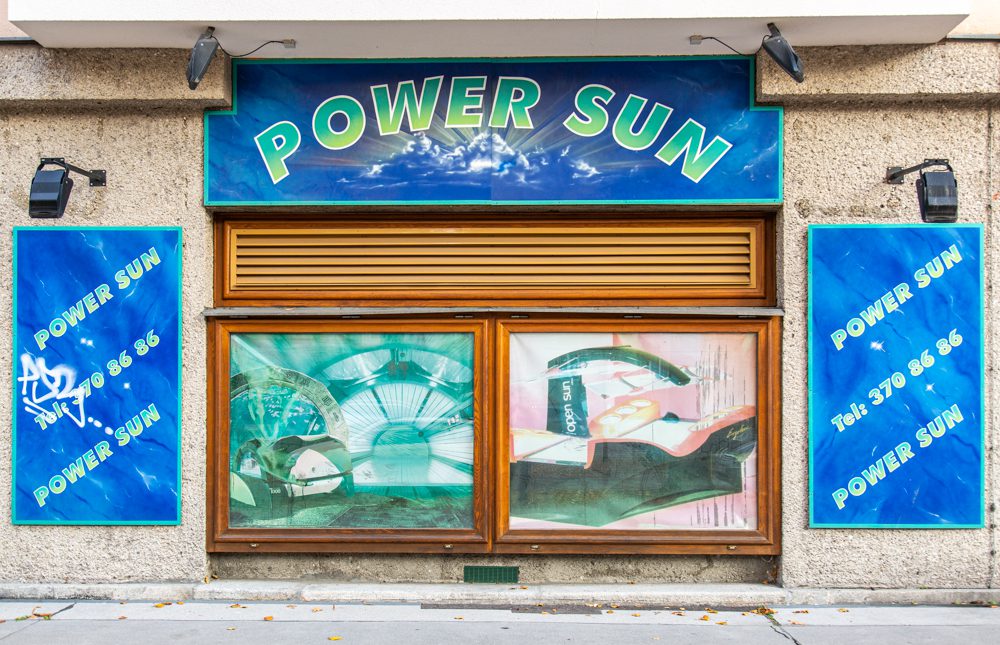
During the brief Austrian civil war of 1934, insurgents used the building to barricade themselves inside until the police, the Austrian army and the Austrofascist paramilitary bombarded the building, even though the dwellers inside were unarmed. The building then became symbolic as the first serious resistance to Fascism in Austria.
5. The land it’s built on was once under water
Believe it or not, but the land the Karl-Marx-Hof is built on was once swimming in the deep waters of the Danube, up until the 12th century.
6. It changed its name twice (and then changed it back, again)
We’re stating the obvious, but the building was named after the American comedian, Groucho Marx. Ahem, ok, it was actually named after the German philosopher, economist, journalist, and socialist revolutionary, Karl Marx. But did you know that after the Austrian Civil War, it briefly changed its name to Biedermann-Hof, honouring the commander of the Austrian Heimwehr, Karl Biedermann, who was also part of the resistance movement against Nazism. The following year, its name was changed again to Heiligenstädter Hof, and after the Second World War, it was changed back to its original name, the Karl Marx-Hof.
7. It includes a unique kind of laundry room
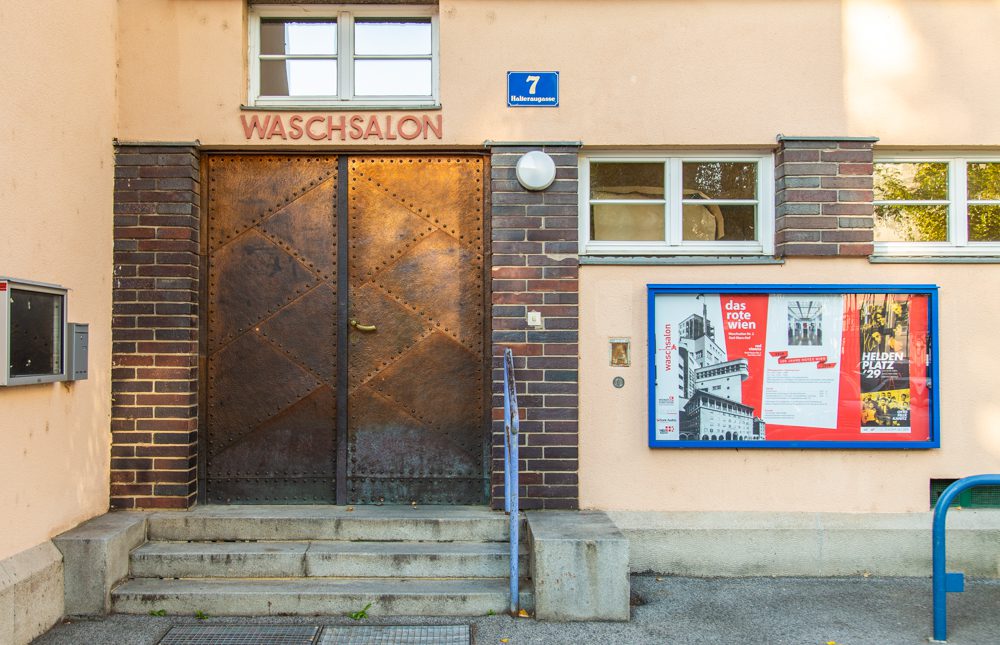
What was originally, ‘Waschhouse No.2,’ which was communal showers where people would bathe, is now open to the public as the Das Rote Wien Waschsalon museum (side note: nobody bathes there anymore so keep your clothes on).
At this museum, you can go and nerd up on Rotes Wien (Red Vienna), including what it was like to live in communal housing, and how the working class liked to party.
8. It was designed to provide its residents with (almost) everything they need
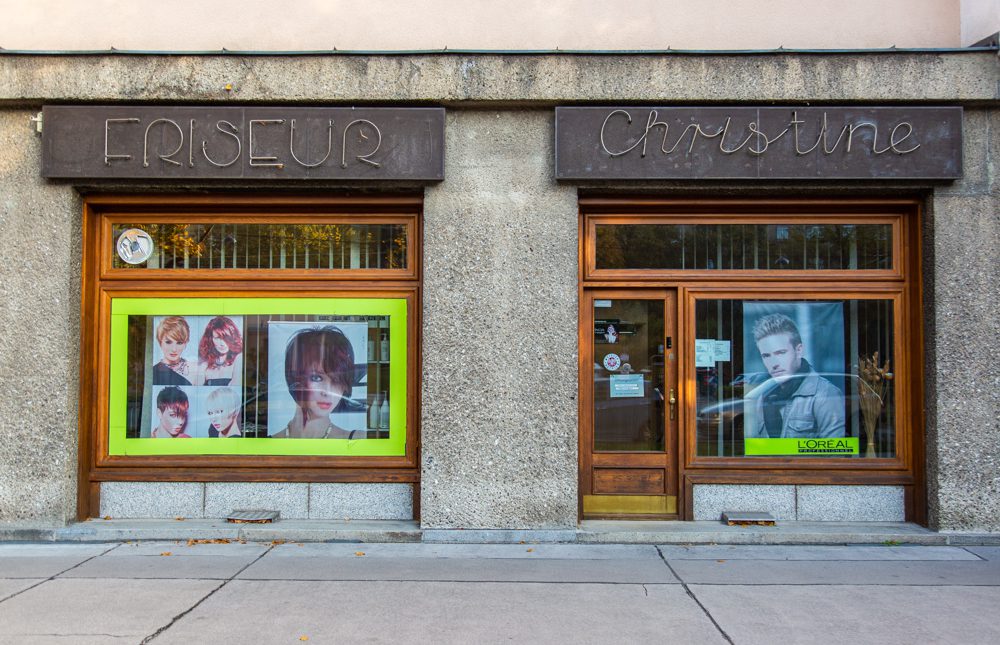
During the old days of Red Vienna, the Social Democrats ensured that affordable housing was available for everyone. They also ensured that social housing was built to contain everything its residents might need. This meant that the 5,000, or so people living here have kindergartens, laundromats, baths, a library, pools, doctors offices, a pharmacy, a vet and a post office built into the complex. It’s like its own tiny village
9. There’s a cool and retro bar in the complex, with squash courts & virtual golf
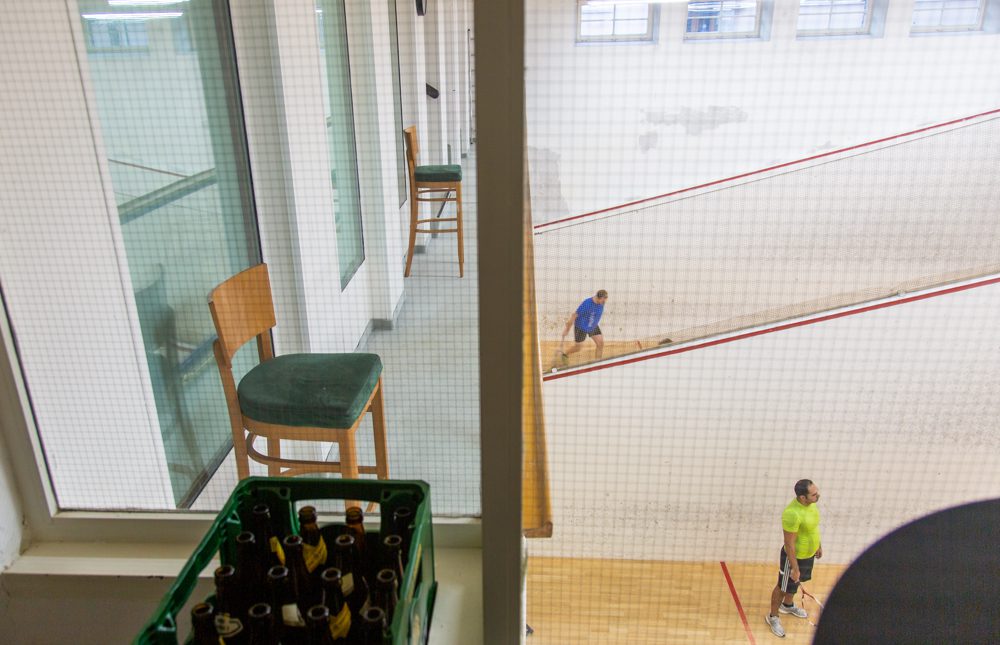
In one of the courtyards lies a mysterious ziggurat-shaped building. Stand outside in front of it, and you may hear a lot of grunting, shouting and banging going on inside. No, this is not what you’re thinking (you dirty mind you), but rather it’s the squash courts of C19, which is a bar & sports club.
This bar also features an indoor golf course, which is filled with 1990s vibes and is ‘one of the largest indoor golf courses in Austria’ (it turns out that there isn’t much competition in this department).
10. It’s magical at the golden hour of sunrise and sunset
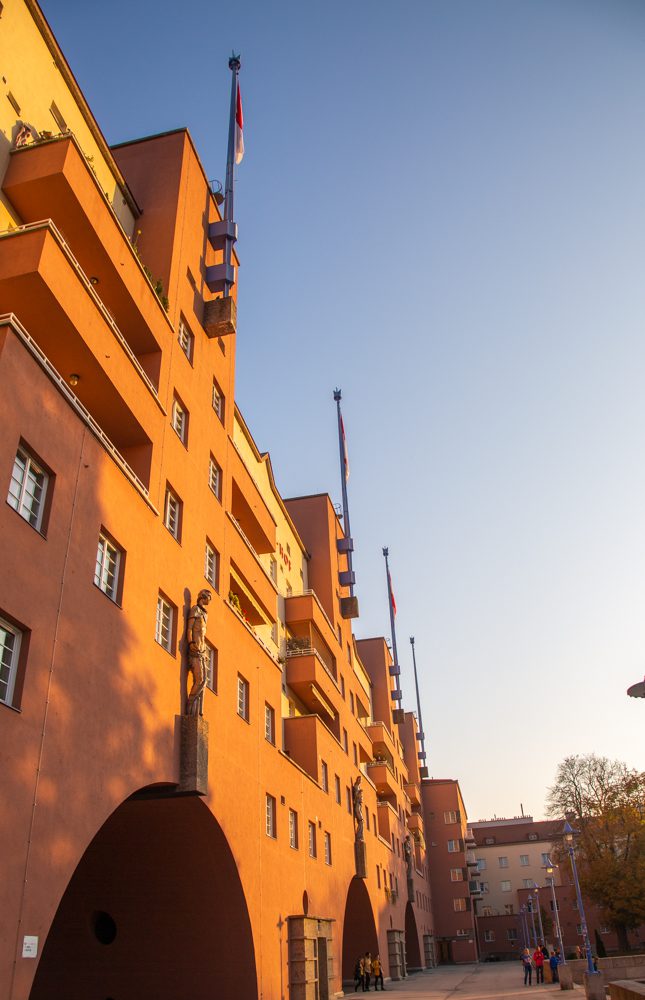
You wouldn’t think to look at this bulky, boxy building, but the Karl-Marx Hof can be super beautiful at particular times of the day. Thanks to Karl Ehn’s design, with grand arches, and hues of coral pink & custard yellow, the courtyards take on a quality that’s hard to put into words (even though as writers, that’s our one job – to write – ‘you had one job!’) at sunrise and sunset.
11. The Karl-Marx-Hof is more than just a building, it’s a symbol of a city built for its people
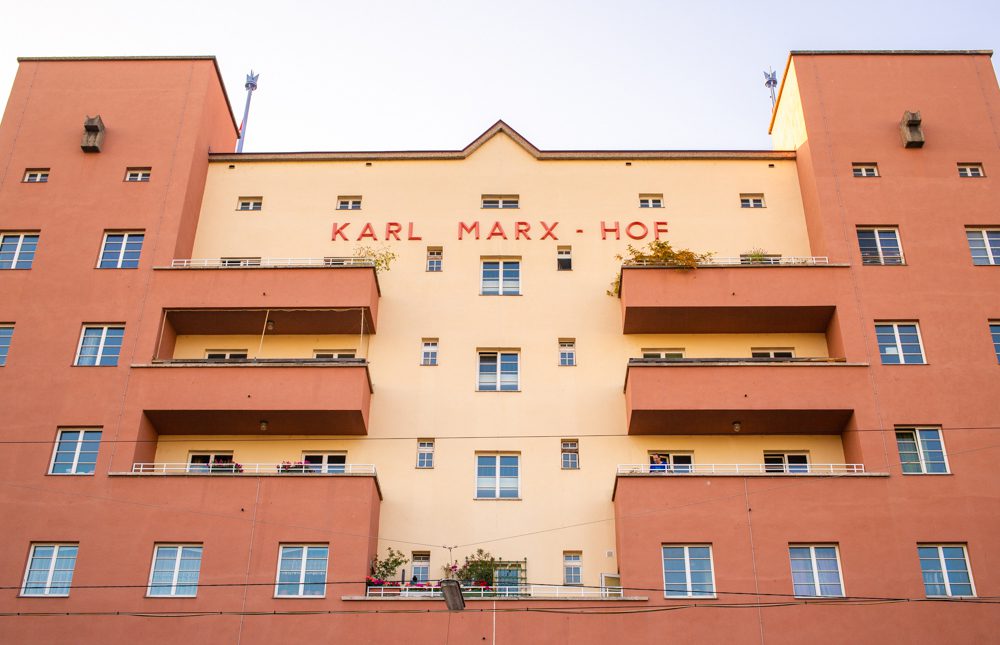
As you may have concluded already, this huge building, which took over 3 years to build, obviously was not some building thrown up by the city just to house a bunch of people. This building meant something to the Socialist party of the time it was built during which was known as the Red Vienna period. It was an icon of the Red Vienna period, and the dream that this Socialist party stood for – a society in which everybody had a place to live, and lived like a community.
